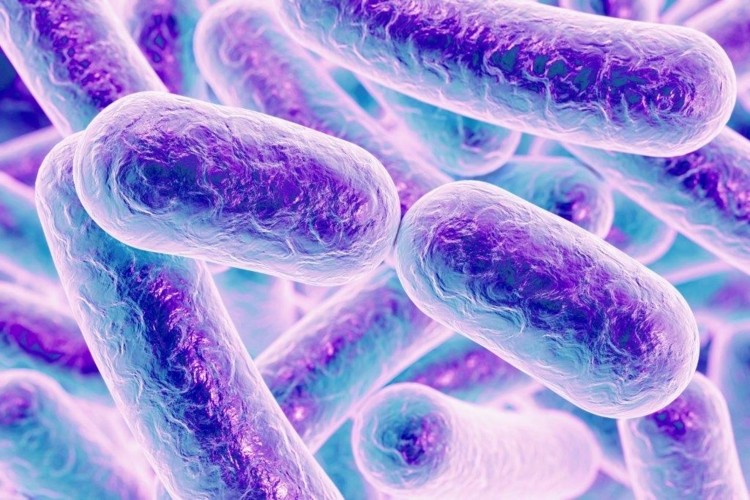There are a huge number of different pathogenic microorganisms that live everywhere. Many of them are not dangerous to humans, but there are those that can kill. They were divided according to the degree of danger, uniting into pathogenicity groups. All types of dangerous microorganisms can cause serious illness, and some of them can be fatal.
When working with many pathogens, you need to protect yourself as much as possible. For this purpose, standards have been developed that spell out all the requirements for the premises, equipment, personnel, work rules and much more.
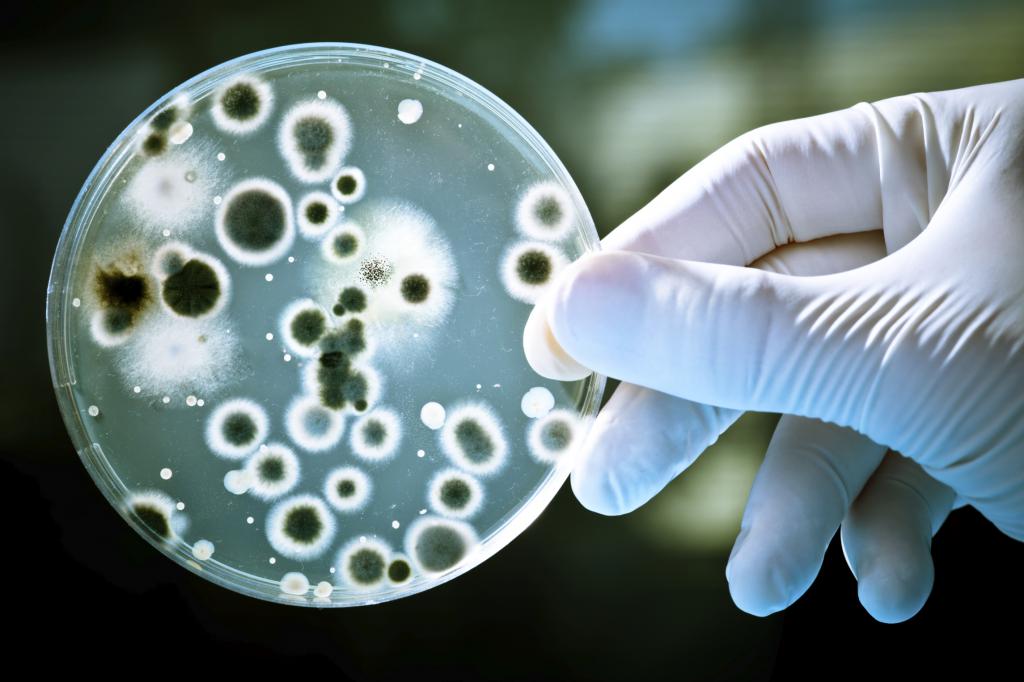
Features
Each person at least once in his life has encountered a disease. These lesions are manifested by various symptoms, but all have one thing in common: diseases are caused by microorganisms (bacteria, viruses, fungi). So that doctors can correctly prescribe treatment, they must be able to understand the nature of microbes.
Pathogenic microorganisms are actively developing not only in the human body, animals, plants. Many microbes belonging to dangerous pathogenicity groups are able to reduce the body's natural protective properties, which is why it is exposed to other environmental influences. There are many bacteria that can cause certain types of diseases. The severity depends on the following factors:
- pathogenicity, virulence;
- the conditions in which the body is located;
- general condition of the medium.
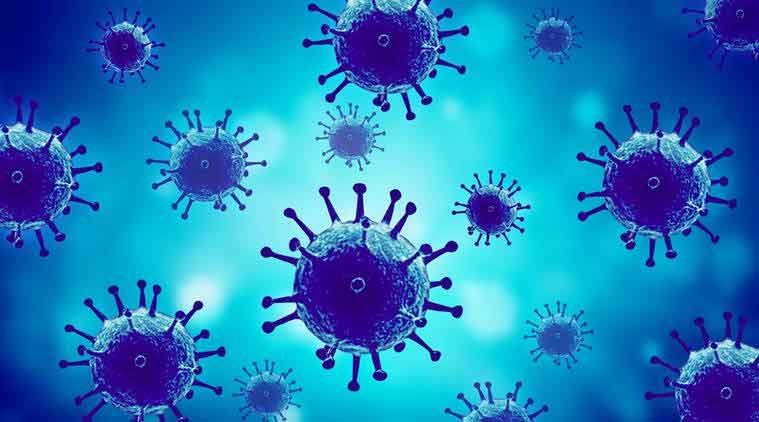
What is pathogenicity: definition
Pathogenicity - the ability of microorganisms to provoke disease. This is the main property of pathogenic microbes. All of them are capable of causing a wide variety of pathologies, and the specific development of the clinical picture is characteristic of a certain group of microorganisms.
Within each species there is a division into strains. They have a specific pathogenicity and are able to provoke similar symptoms, although they have differences in the form of degree of intensity. This manifestation is called virulence and may change under the influence of certain factors.
During their life, microbes are able to secrete toxins. They greatly weaken the body of the wearer. Toxic substances negatively affect the immune system, seriously weakening it and reducing the protective properties. Because of this, the clinical picture of the disease intensifies, a person becomes more susceptible to external influences.
For infection with infectious diseases, the causes of which are pathogenic bacteria, it is enough that they enter the body. The time interval from the moment of penetration of microbes to the onset of the first symptoms is called the incubation period.
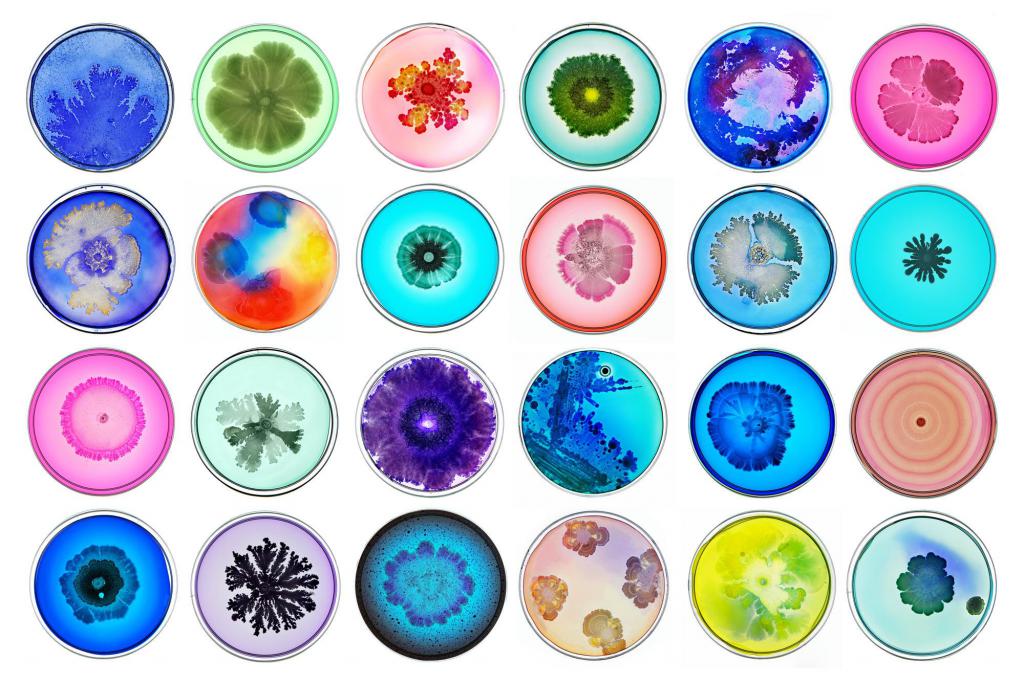
Classification in the Russian Federation
In the Russian Federation, according to the classification, four groups of pathogenicity are distinguished. The first includes especially dangerous pathogens. The second group includes pathogens of highly contagious epidemic diseases. Especially dangerous are the poison of the spider karakurt, botulinum toxin.
The third group - pathogens isolated in independent nosological forms. The fourth group - causative agents of pneumonia, meningitis, septicemia, fungal ailments, enteritis, toxicoinfections, acute poisoning. The classification of pathogenicity is determined by GOST R52905-2007.
WHO classification
According to the WHO classification, there are also four groups of pathogenicity, but in the reverse order.The first group includes all microorganisms with a low level of danger. This includes bacteria, fungi, parasites that are not able to cause disease in completely healthy people, animals.
The second group includes microorganisms with a moderate degree of individual risk. This includes pathogens that do not pose a serious health hazard. Contact with these microbes rarely causes an infection, a serious pathology.
The third group includes pathogens that usually provoke serious illnesses, but are not able to spread by contact and are easily cured by antiparasitic, antimicrobial drugs.
The fourth group includes all pathogens that cause serious ailments. Most often, they are difficult to treat and can be easily transmitted from person to person.
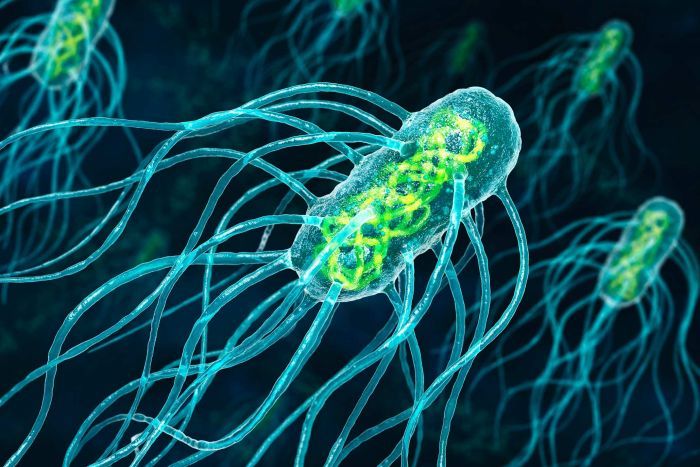
Pathogenicity factors
Pathogenicity factors include: adhesion and colonization, aggression, invasion, penetration, and the ability of microbes to produce toxins.
Adhesion or adhesion is provided by glycocalyxes of cells, various physicochemical mechanisms. On the surface of pathogens there are special receptors that provide a connection with epithelial cells of the respiratory system, gastrointestinal tract.
Penetration - penetration into the epithelial cells, lymphocytes, leukocytes, where the cells of pathogenic bacteria multiply, and the cell itself is destroyed.
Invasion - the ability to penetrate through the mucosa into nearby tissues of the infected organism.
Aggression - penetration with suppression of the immune defense of host cells. These are substances of different origin that enter the cell walls of pathogenic microbes. They are able to suppress phagocytosis, white blood cell migration.
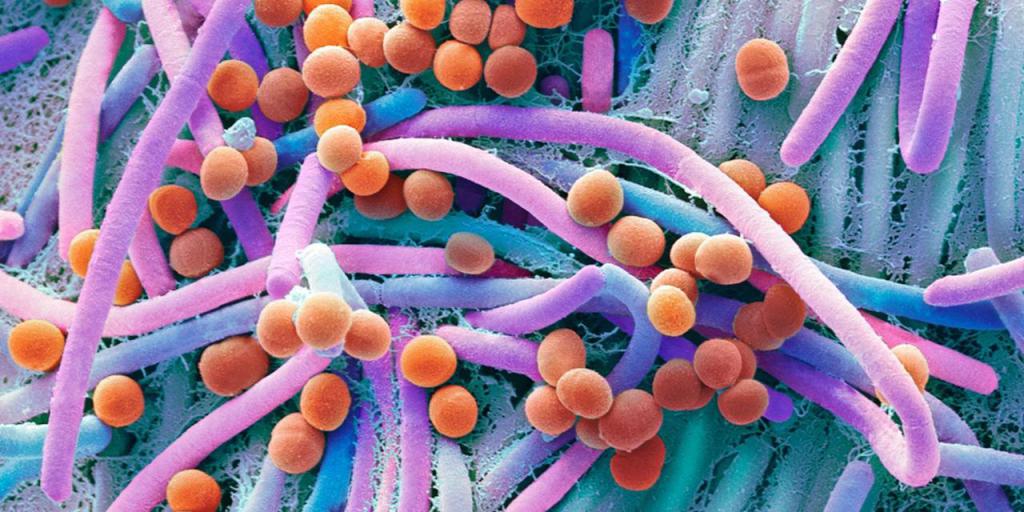
Microbes in the body
Pathogenic viruses, bacteria and other microbes enter the body through the entrance gate through four main ways of infection:
- Food poisoning. They occur when toxins produced by microorganisms penetrate the digestive tract along with food. This type of infection does not spread from person to person, but if the food contains many pathogens, then a large number of people can get sick at the same time. Often the cause of this type of infection is open skin lesions by staphylococci in people working in the food industry.
- Intestinal infections. Occur when consuming contaminated water, food. Often carriers of infection are houseflies; It is important to ensure that they do not sit on food. It is required to destroy these insects in a timely manner.
- Ingestion through the respiratory tract. Microorganisms included in the third and fourth pathogenicity groups are able to enter the body through the respiratory tract, passing from person to person.
- Many diseases are transmitted by rodents, insects. In most cases, the bacteria do not infect the carrier, but temporarily live in its body. These pathogens include carriers of different types of fever, typhoid, plague, tularemia.
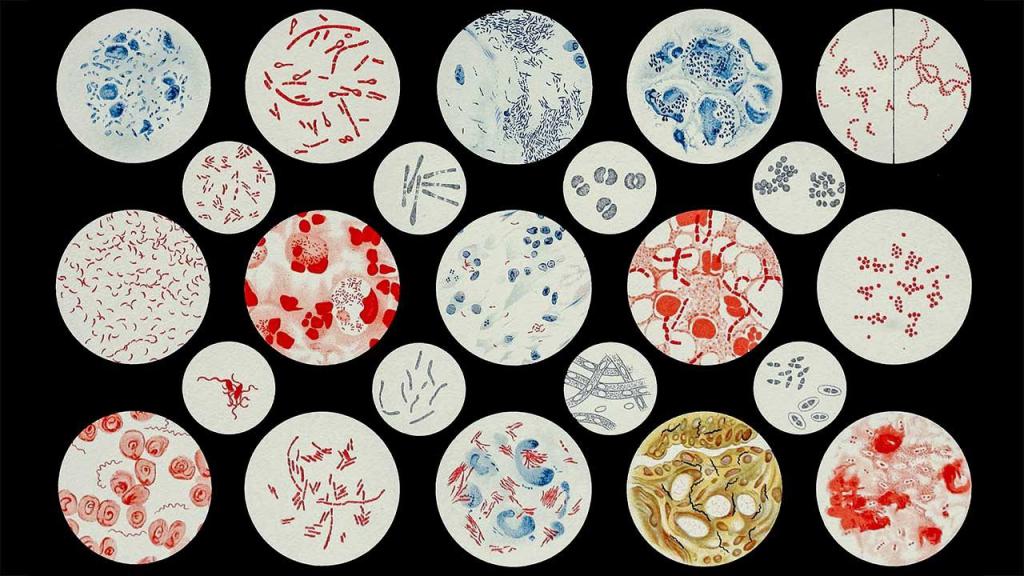
Types of Pathogens
All existing pathogens are divided into the following types: bacteria, protozoa, fungi, viruses and rickettsia. The species composition of the pathogenicity group may include different types of pathogens.
Bacteria are the simplest unicellular microorganisms. They are quite well studied. By their structure, they are divided into cocci, bacilli, spirillos.
Cocci are spherical microorganisms capable of living alone, in pairs and colonies.
The bacilli are stick-shaped. They cause such ailments as tuberculosis, tetanus, diphtheria.
Spirillas are tortuous pathogens that look like a spiral. They cause syphilis, leptospirosis.
All microbes are divided according to the need for respiration. There are aerobic and anaerobic species. The first include pathogens that require oxygen for normal life. Anaerobic species do not need oxygen, only in its absence there is a growth and reproduction of pathogens.
Some species are able to form capsules while inside the carrier. This usually happens when bacteria are at risk. Capsules increase the resistance of the pathogen to the effects of antibodies, which prevents it from dying under adverse conditions. When the danger has passed, the capsule dissolves and the bacteria continue their activity.
Rickettsia - pathogens that occupy an intermediate stage between filtered viruses and bacteria. Usually carried by small blood-sucking insects. Such species cause fever, typhoid and other ailments.
Viruses are the smallest pathogens that parasitize inside host cells. They are able to stay in the body for a long time in a sleeping state, but when creating favorable conditions they awaken, begin to multiply actively, causing the appearance of a variety of pathologies.
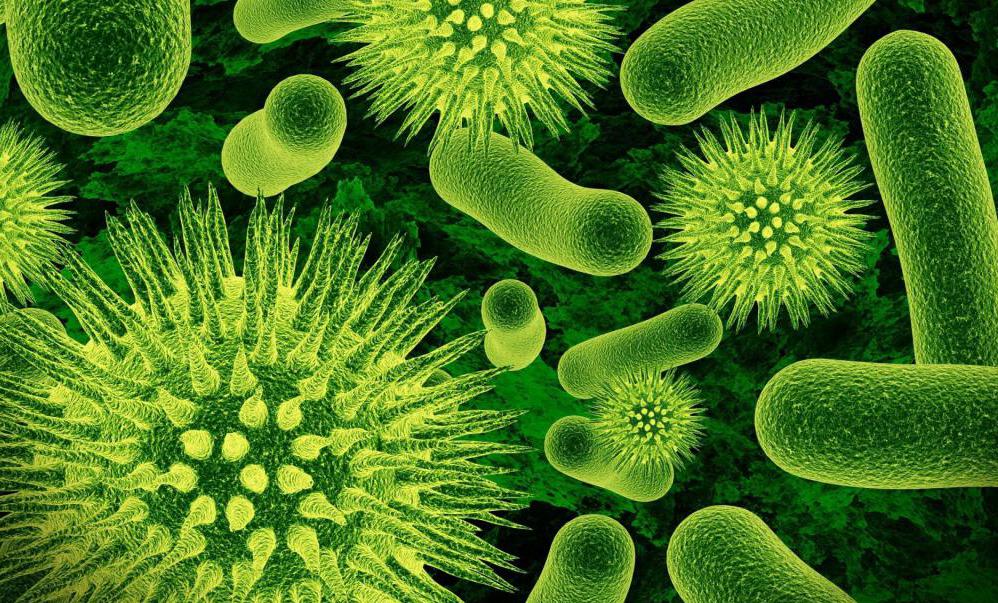
Work with microorganisms
Each type of bacteria has its own characteristics. So, smallpox or influenza virus requires special conditions from laboratory staff. It is imperative that you follow certain safety precautions.
To work with the 3rd, 4th pathogenicity group, the standard SP 1.3.2322-08 was developed. It spells out all the requirements for personnel, laboratories, and methods of working with the pathogen. It also describes all the rules that must be followed when working with tubercle bacillus, bacteria, viruses, including smallpox virus.
The document describes how to disinfect instruments, tubes, diagnostic and experimental instruments, equipment.
Finally
Compliance with safety precautions allows you to maintain your own health when working with pathogens.
Work with the first and second groups of pathogenicity is determined by SP 1.3.1285-03. They also work on it when a pathogen is detected in which the degree of danger is not determined. All studies of such microorganisms are carried out in conditions as isolated as possible from the outside world.
